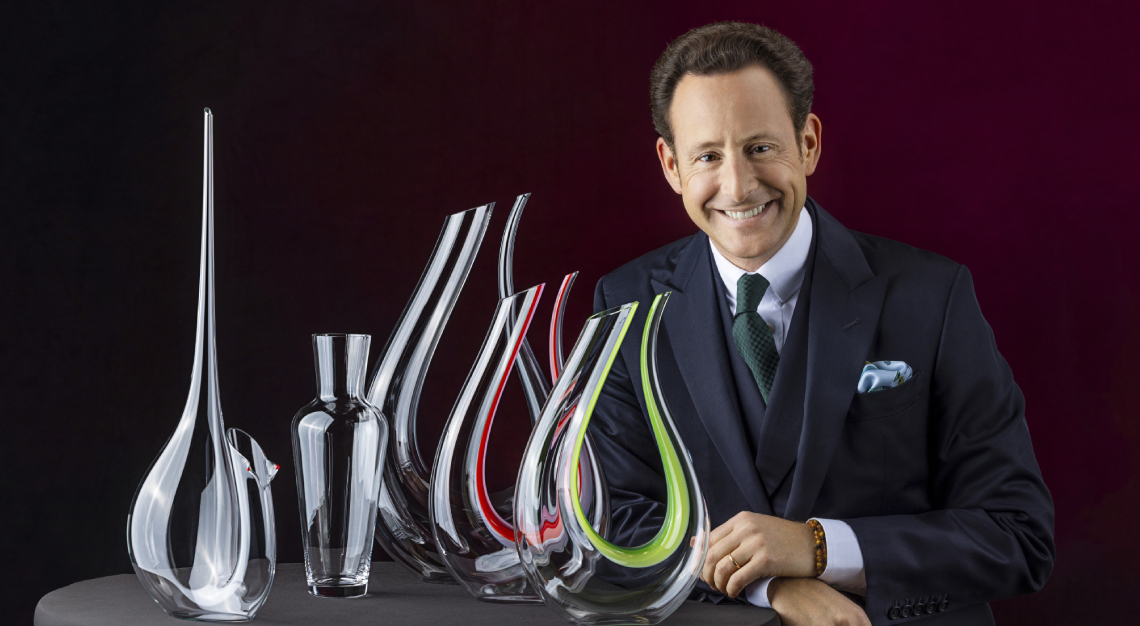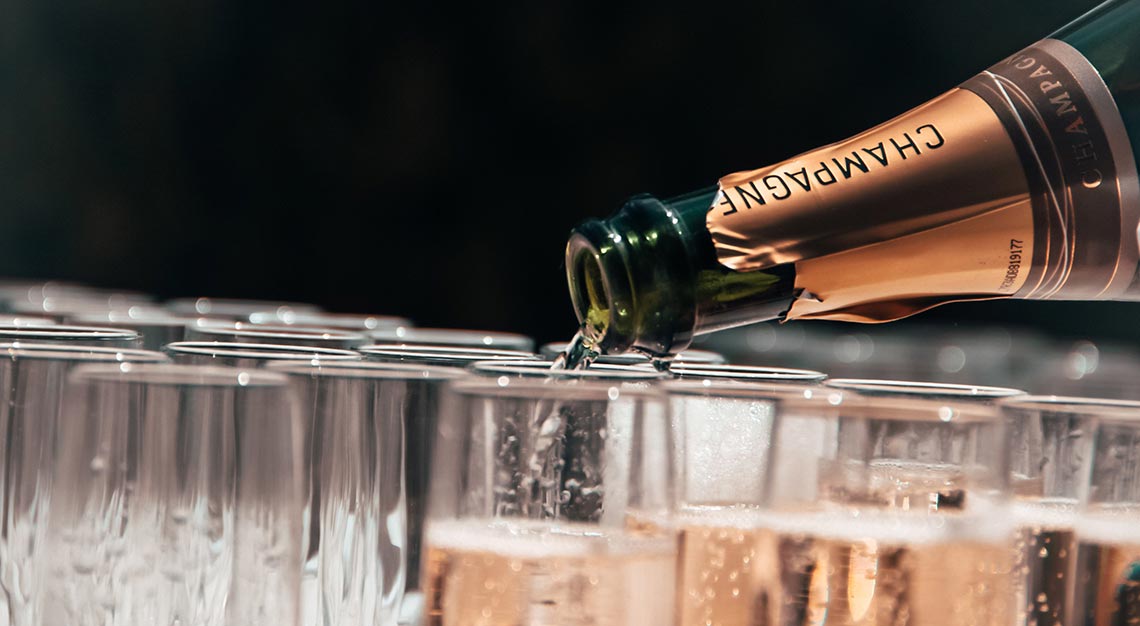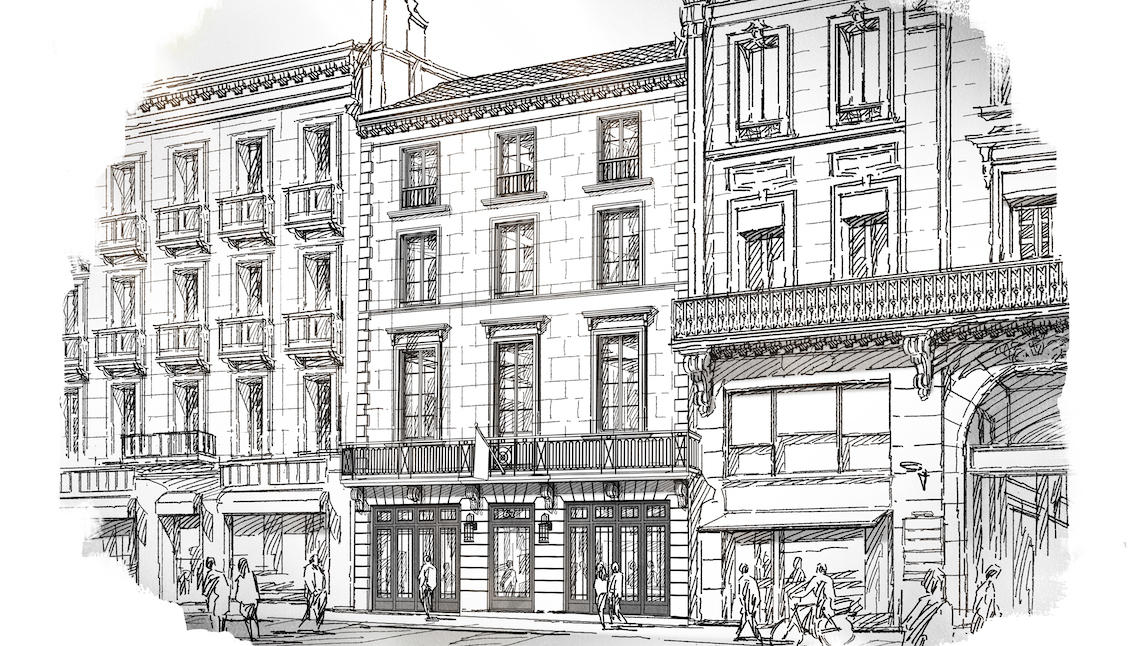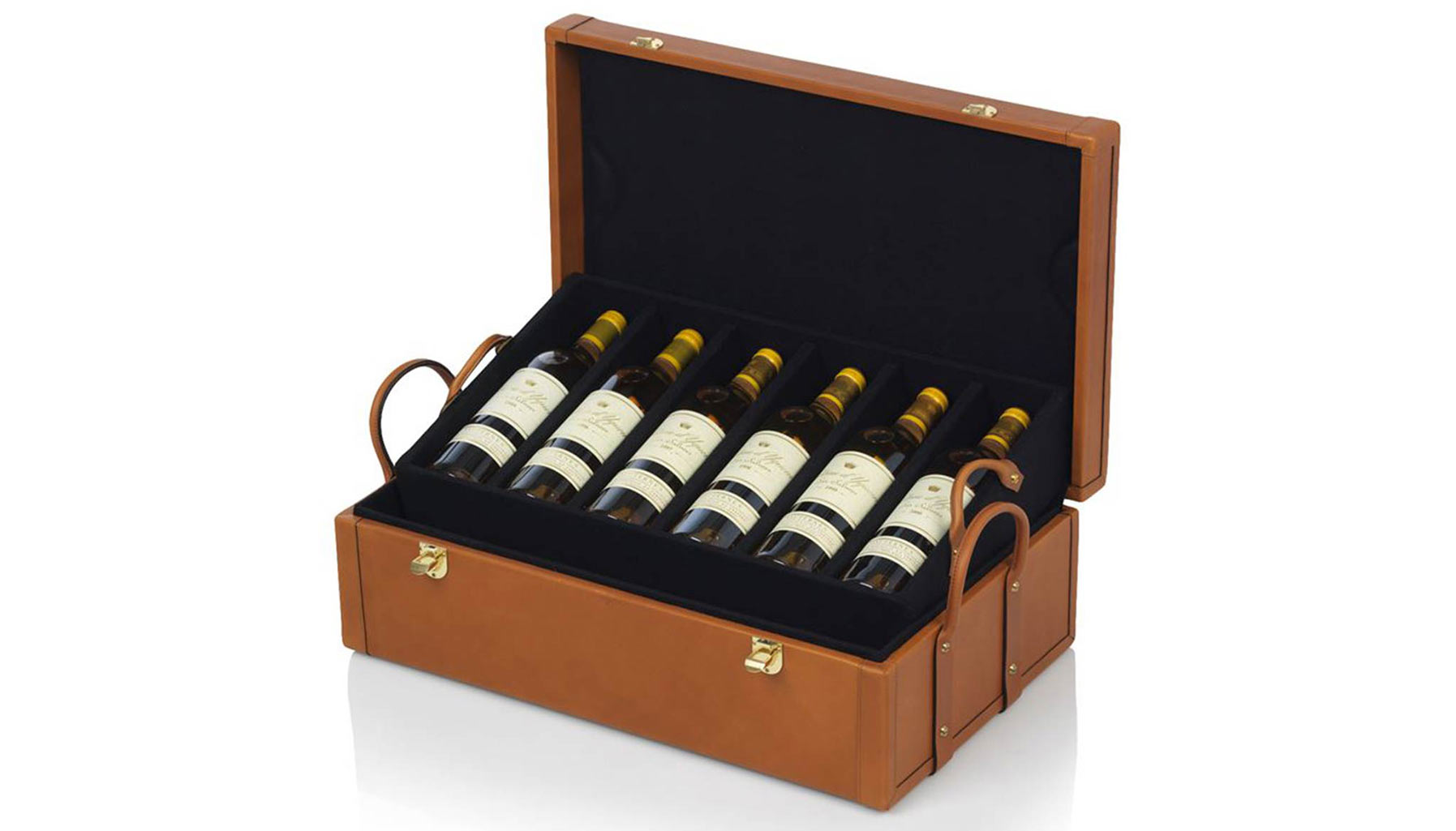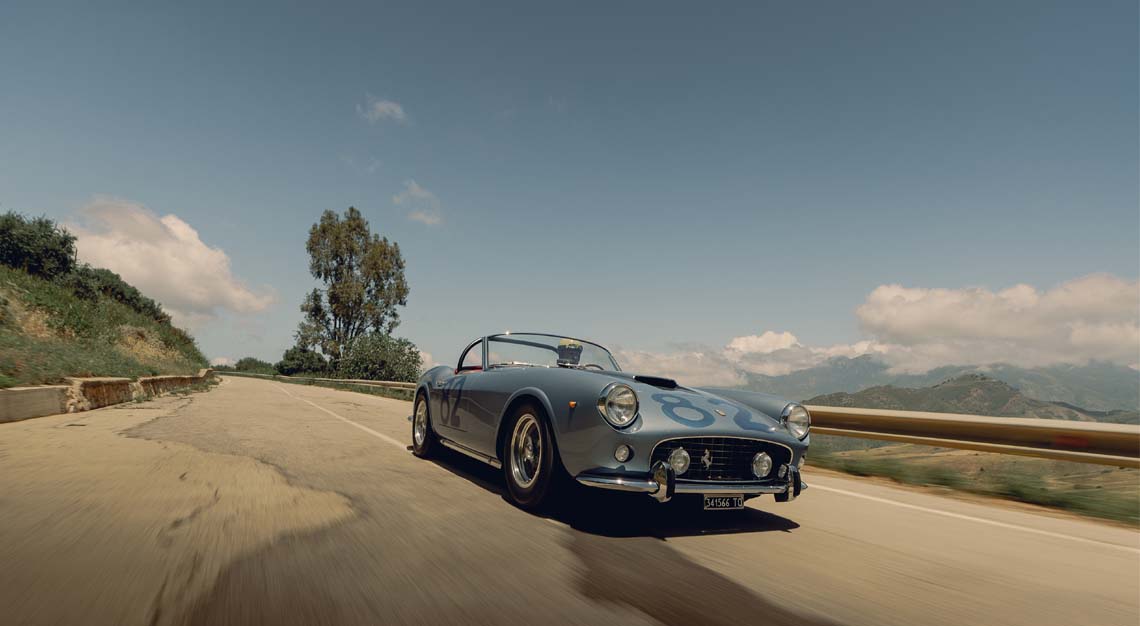wine Experts from london and singapore advise buying what you like to drink, and also to consider investing in… whisky
Collecting wine, no less investing in it and expecting a return, is for the drinkers. “I probably take three to six cases out of my own collection every year – and I drink them,” says London-based wine buyer Julian Campbell.
“In fact, there’s almost as much pleasure in the anticipation of drinking as the actual drinking.” From which follows his cardinal rule for building a wine collection: buy what you like.
This is because returns – financial or experiential – will, if any, be years, maybe decades, down the line.
Wine, no pun intended, doesn’t have the liquidity of the stock market. There are costs involved, and, notes Campbell – buyer at Justerini & Brooks – the best investment wines were probably bought by those who did so 20 years ago.
“Wine has just become that much more popular in recent years, which is a great thing,” he adds. “But investment wines are well-known as being so – thanks to a proven track record on the secondary market. It isn’t as simple as just listing all the wines you should go and buy now. The young wine that becomes an investment wine is something of a holy grail.”
Wine: A Tricky Market To Navigate
Certainly the wine market is not without its myriad complexities.
Prices, as Herve Aymond, Singapore-based specialist for wine consultants Corndale, points out, are subject to major fluctuations according to the pricing policies of the vineyards. Bordeaux might be singled out as being especially pro-active in controlling supply and encouraging demand of its ‘en primeur’ wines.
Meanwhile, exchange rates, geography, the health of the wider economy, even the whims of a handful of high-rolling collectors all play a part in price fluctuations.
It is, in other words, not an easy market to read.
“Lehmann Brothers collapsed, yet Bordeaux prices went up and continued to go up even in off years (for the vintages released),” says Aymond, illustrating the volatility of the market. However, he stresses that like any secondary blue chip investment, value is likely to go up over the long term.
But assumptions that prices for the rarer bottles will just keep climbing are risky. China, in particular, has witnessed something of a gold rush mentality to wine, making it a powerhouse for the market.
As Aymond points out, a decade ago the country was, more or less, a virgin market for wine. And when it finally caught on, its most enthusiastic buyers purchased at the highest prices.
“People were stuck with wines they paid €1,000 (S$1,600) that are now worth €750 (S$1,210),” he says. “Like the Japanese, when (the Chinese) came to wine they wanted pristine wines and overpaid for them. I think we’ve learnt the lesson, such that a lot of people have stopped buying. The market has cleaned itself up but overall wine prices have dropped.”
How To Keep Wines At Their Optimal Condition
Not that interest in wine has fallen away entirely. The fine dining boom across Asia, in particular, has seen several upscale restaurants build impressive collections.
The intention, however, is to enjoy it, rather than make money on it. Perhaps this stems, in part, not just from the knowledge required to buy well in order to make money, but the investment of time and effort required once the wine is bought.
It is not as simple as just filling your fridge.
“Wine has to be kept well too,” Campbell stresses. This includes having a stable temperature (ideally between 9 and 18ºC, although “It doesn’t matter so much what temperature it is, it’s fluctuations that are bad”); being free of vibrations; and in a dark environment with a little humidity.
“You’d be surprised just how quickly a wine can be ruined,” warns Campbell. Small wonder then that fledgling and seasoned collectors alike often leave their wine in storage with their merchant, who is typically able to provide ideal conditions for a small surcharge per bottle per annum.
Whisky: The Next Best Thing?
Indeed, the challenges of the wine market and its storage – plus a dose of fashionability – is why perhaps other investors are increasingly looking to whisky, a drink that has undergone a sea-change in public image from the fuddy-duddy tipple of older men to the choice of women and the young.
Justerini & Brooks – established in London in 1749, making it one of the world’s oldest wine merchants – has recently moved into whisky, launching a series of masterclasses to introduce rare malt whiskies to its wine customers.
Luxglove, a Singapore-based online luxury goods marketplace and consultancy service for Asia, now finds that whisky is its leading category, having launched with the expectation that it would be somewhere behind watches and classic cars.
“Some whisky customers buy to consume, others to complete a series and some as investments, but we’re certainly seeing more and more money being spent on whiskies now,” says Luxglove’s founder Talenia Phua Gajardo, who estimates that some 30 per cent of bottles sold by the site are for holding.
“It’s not unusual to see $30-40,000 spent on a couple of bottles, and for more of a long term view taken on the very special whiskies that sell. It feels like a natural progression from the interest in wine – though, as with wine, I’d advise to buy what suits your interests and your flavour preferences, and not to assume that with whisky, more expensive necessarily means better. You can get some great whiskies for $200.”
“Ultimately whisky is part of a diversification strategy,” argues Mike Soldner, founder of B28 Whisky Fund. “I wouldn’t put all of your money into whisky but, as an investment, like wine it is at least a physical asset you own. In a Doomsday scenario you’d just drink it, and that’s a massive selling point. Again, I’d recommend that anyone buy what they like to drink.”
Whisky investment: Casks > Bottles
But, he adds, if you are to invest, think now more in terms of casks rather than bottles.
Yes, you can collect rare bottles – these are available on the market and a return might be expected over three to five years – but price transparency means there are typically few immediate value gaps.
Alternatively, buy a barrel direct from a distillery, exit in three years – crucially, bottling the whisky in branded glassware – and a return of perhaps 30 per cent is a solid bet.
“That increase is in the bottling – investors take the ‘risk’ for the cask that bottle buyers are typically unwilling to take,” says Soldner.
This, of course, means both a bigger outlay in the first instance and having a sufficiently friendly relationship with a distillery – or with someone who does – to persuade them to sell a barrel. Smaller distilleries are likely to be more willing, but the more famous names will need persuading.
As Soldner stresses, “Most of them won’t be happy to entertain the idea because dealing with one barrel is, frankly, a pain in the ass for them.”
And that’s not the only tricky aspect of investing in whisky. Although it’s a new market, it has in a way become a victim of its own success: clients who can afford to buy, say, a US$350,000 (S$460,000) cask tend not to be too tempted by the deal.
“The return that’s on offer in a few years’ time is almost meaningless to these possible buyers, which is why whisky investing tends not to be for the very very wealthy,” says Soldner.
“But it still works well for those, say, in senior management, with a high disposable income.”
Might the uptake of interest in whisky as an investment vehicle portend one for others craft spirits, the likes of gin and rum?
As much as there’s a growing interest in the artisanal qualities of both, probably not yet.
While Luxglove reports growing interest in “very special” spirits other than whisky, what connects wine and whisky – and gives them both added worth and exalted status – is the ingredient of time. For wine, at the front end of the process – the terroir, the grape – and for whisky, at the back-end – in the maturation for decades.
Gin, in contrast, can be on the shelves within days of its manufacture. Furthermore, the likes of rum remains unregulated from a global perspective, leaving a credibility gap, with resale dependent on the believability of provenance.
But, one feels, it’s only a matter of time too before even a spirit as basic as vodka is deemed worthy of big bucks as much as quick shots.

